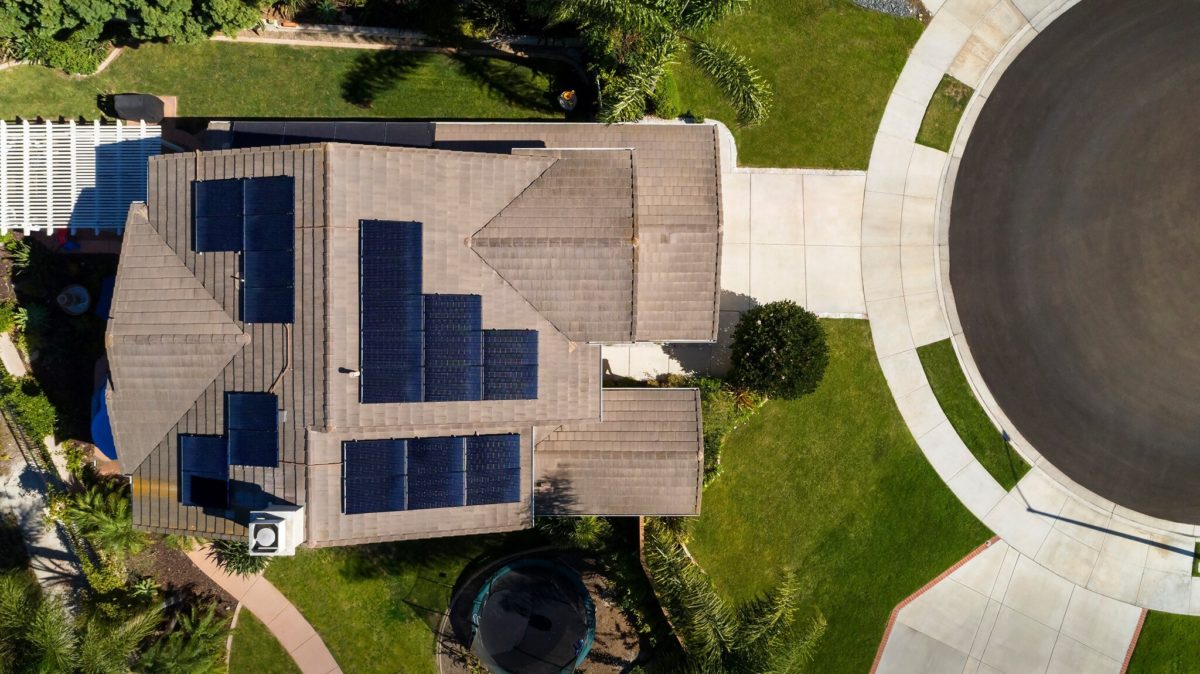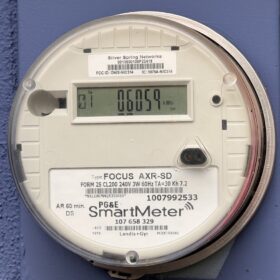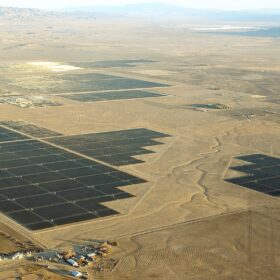In the residential solar installation business, the actual installation part doesn’t take all that long — usually just a day or two. But everything that comes before and after the installation can take a great deal of time.
According to data from the National Renewable Energy Laboratory, the typical installation process includes a period of around 40 days between the contract signing and the day the installer receives permission to install the system. During that time, a solar EPC (engineering, procurement, and construction) company works through the process of designing and engineering the system, getting approved plan sets and submitting permits for approval from authorities having jurisdiction (AHJs). The approval process at the AHJ often takes a week or two. If changes are needed, it can take another week or two for final approval.
Even if everything goes perfectly the first time, the cost of following this process can be considerable. Expenses related to labor and other “soft costs” represent nearly 62% of the final cost to the customer, according to research by Wood Mackenzie and SEIA.
Reducing the time and labor needed to go from a signed contract to an approved permit is a key way to bring down the cost of residential solar—something that is sorely needed as the industry prepares for life without the investment tax credit that has been around since 2005.
Solutions are coming to market to do just that.
We spoke about some of these solutions with Justin Duncan, Director of Design & Engineering at Texas-based solar EPC Fastrac Energy Services. He said that by employing a new Instant Plan Set functionality in the Aurora software for installations in jurisdictions that use SolarAPP+ to perform automated permitting, his team has cut the time it takes to go from signed contract to approved permit down to an average of four days — and in one case, a single day.
Duncan called the Aurora platform “an accessible alternative to CAD modeling,” and said “the features they’ve added over the years have strengthened my appreciation for what they offer their customers.”
Of the Instant Plan Set functionality, Duncan said “Anyone who has had their nose in an electrical one-line diagram for a few years might begin to notice similarities between projects. It is possible to template out your CAD program and trigger those variations yourself, but this essentially does the same thing. You tell the system what’s on site, and it provides a standardized drawing for your use in installation and permitting.” The Aurora interface can also be used to procure professional engineering stamps, if your company uses an outside vendor for that service.
Duncan said the Aurora Instant Plan Set functionality can result in a “significant impact on pipeline durations,” bringing the time it takes to get drawings down from 24 hours to 15 minutes. But he stressed that not all projects can benefit from this approach, yet. The Instant Plan Set functionality is still a limited-access release, with additional capabilities—such as support for system add-ons and more Energy Storage System (ESS) products—still in development.
With the drawings complete, the Fastrac team can submit an application for a permit the same day. Duncan said a major issue the company faces is working with multiple AHJs that all have different requirements. Each jurisdiction chooses which version of the National Electrical Code (NEC) it adopts, and permitting times can take anywhere from one day to a full month.
Jurisdictions that use SolarAPP+ are typically the fastest to approve permits. Duncan said “I have now been able to take a project in our pipeline after the contract signing, do the production verification in Aurora on the sold layout for the lender, create the instant plan set through the IPS feature in Aurora, complete the SolarAPP+ application, pay the permitting fee (of course), and been issued the appropriate permits for the City of Houston to install solar all in the same day. Not only that but in a few hours time.”
Duncan cautions that not every project can go this smoothly. None of the AHJs Fastrac works with currently accept SolarAPP+ for PV+ESS projects, for example. He’s hoping that will change, and that more cities and utilities in the region will begin to use SolarAPP+.
As a final note, Duncan encouraged both designers and permitting officers in the solar industry to obtain as much knowledge about photovoltaics and energy storage systems as possible. Many factors go into making the process work as smoothly as it does for Fastrac.
For example, they continue to do “boots on the roof” site surveys to fully understand all important aspects of a project before getting started. And Duncan said knowledge he’s gained from through the process of NABCEP PVIP certification and studying for Master Electrician exams both serves his team well and helps to build trust between Fastrac and the jurisdictions in which they operate.
Ultimately, no single tool will provide the magic bullet to eliminate design and permitting headaches, but Duncan said there is reason to be optimistic about the future. “The systems that are being created and developed for our industry are all very exciting and create much opportunity for future integrations. As trust in those systems make their way to the AHJs for consideration of expedited pipelines for trusted installers, our customers benefit with timely installs.”
This content is protected by copyright and may not be reused. If you want to cooperate with us and would like to reuse some of our content, please contact: editors@pv-magazine.com.









By submitting this form you agree to pv magazine using your data for the purposes of publishing your comment.
Your personal data will only be disclosed or otherwise transmitted to third parties for the purposes of spam filtering or if this is necessary for technical maintenance of the website. Any other transfer to third parties will not take place unless this is justified on the basis of applicable data protection regulations or if pv magazine is legally obliged to do so.
You may revoke this consent at any time with effect for the future, in which case your personal data will be deleted immediately. Otherwise, your data will be deleted if pv magazine has processed your request or the purpose of data storage is fulfilled.
Further information on data privacy can be found in our Data Protection Policy.